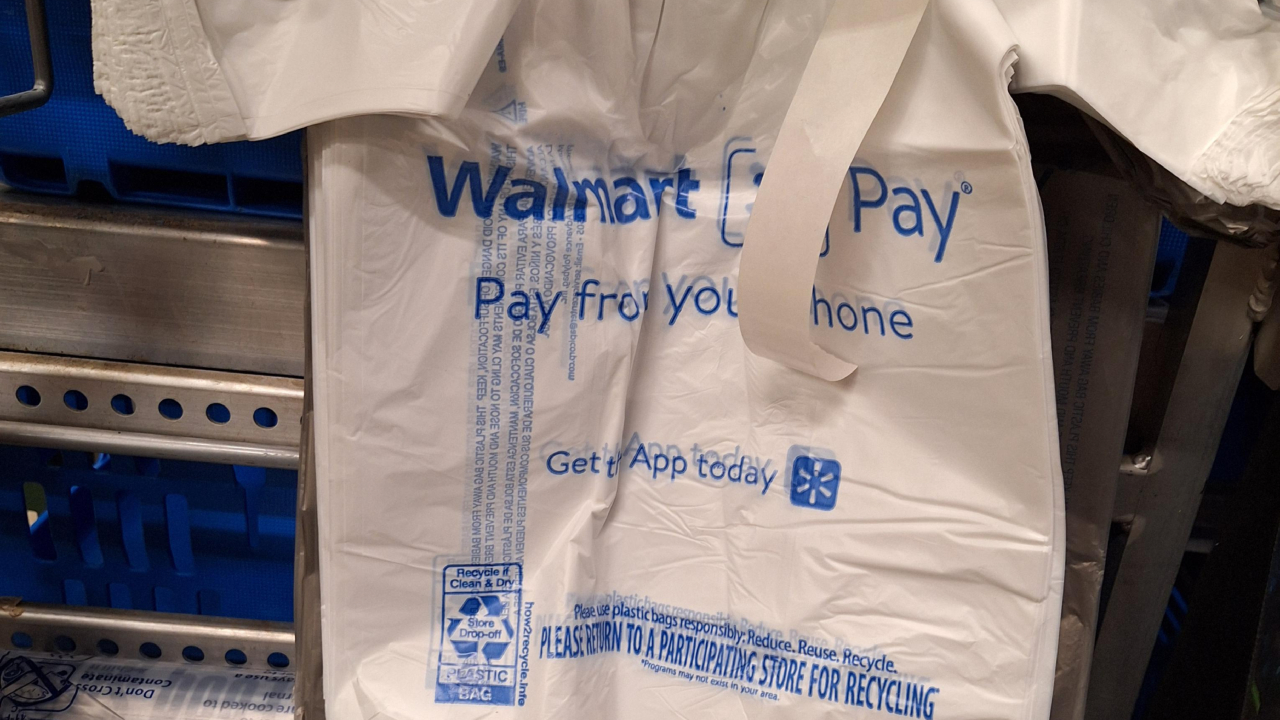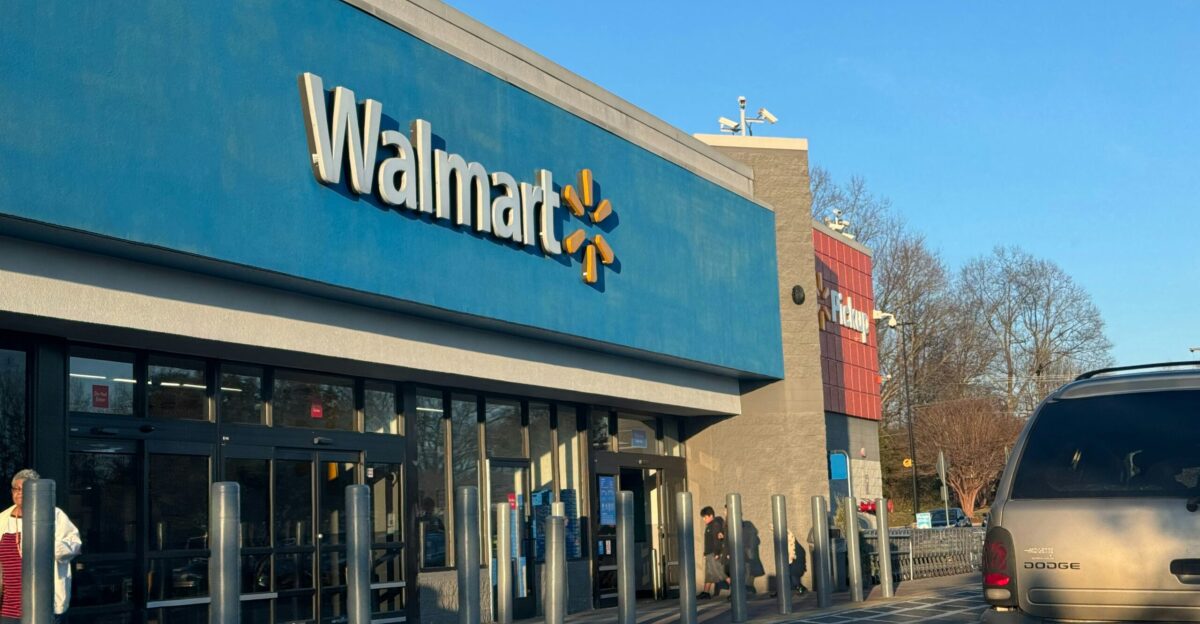
Ashley Cross’s trip to a Memphis Walmart ended with a lifetime ban after she tried to outsmart the self-checkout system. Instead of scanning each item’s barcode, she repeatedly used a $1 watch battery sticker, ringing up $137 worth of goods for a fraction of the price. Walmart’s artificial intelligence surveillance flagged the suspicious activity, making Cross one of many customers barred from stores nationwide. Her story highlights the mounting pressures facing both shoppers and the nation’s largest retailer as theft, inflation, and new regulations collide.
Bag Fees and Soaring Food Costs

In states like New Jersey, where single-use plastic bags are banned, Walmart customers now pay an extra 42 cents per bag for reusable bags with delivery orders. While shoppers can bring their own bags in-store, the new fees arrived just as grocery prices hit a 43-year high. In July 2022, the U.S. Bureau of Labor Statistics reported a 13.1% year-over-year jump in food-at-home prices, the steepest increase since 1979. For families already struggling to afford basics, the added cost of bags during checkout became another burden.
The impact was especially harsh for essential foods. Eggs soared 38% in a year, chicken rose 16.6%, and milk climbed 15.6%. Bread, butter, and vegetables saw similar spikes. As a result, millions of Americans reduced their portions, skipped meals, or turned to food assistance programs. The timing of mandatory bag fees, layered on top of historic inflation, left many feeling squeezed at every turn.
Walmart’s Theft Crisis Escalates

Walmart’s theft problem has reached unprecedented levels. CEO Doug McMillon warned in late 2022 that losses from theft—known in the industry as “shrinkage”—were approaching $3 billion annually, about 1% of the company’s U.S. revenue. This is not just petty shoplifting; organized crime rings have targeted self-checkout lanes, exploiting vulnerabilities faster than technology can keep up with.
The National Retail Federation’s 2024 report found a 93% surge in shoplifting incidents since 2019. Retailers now face an average of 177 theft events daily, overwhelming security teams. Self-checkout, once seen as a cost-saving innovation, has become a focal point for losses. A 2023 LendingTree survey revealed that 15% of shoppers admitted to stealing at self-checkout, with only one-third ever being caught. Nearly half of those who stole said they would do it again, exposing a broken honor system.
To combat these losses, Walmart has ramped up security: locking high-value items behind plexiglass, deploying receipt checkers at exits, and enforcing lifetime bans for repeat offenders. The company’s AI-powered “Missed Scan Detection” system monitors overhead cameras, flagging unscanned items in real time. Yet, even with these measures, theft continues to rise, suggesting that technology alone cannot solve the problem.
Pricing Disputes and Legal Scrutiny

As customers navigate new fees and heightened surveillance, another issue has emerged: price discrepancies at checkout. In July 2024, a federal appeals court allowed a class-action lawsuit to proceed against Walmart, alleging that the retailer systematically charged higher prices at the register than those posted on shelves in seven states. The court found it reasonable for customers to expect shelf and checkout prices to match, rejecting Walmart’s argument that receipts alone were sufficient proof of fairness.
State regulators have also stepped in. In North Carolina, repeated inspections led to fines for price-scanning violations that resulted in overcharges. Officials signaled that such discrepancies would be treated as consumer fraud, demanding both financial penalties and operational reforms. For a retailer of Walmart’s scale, these violations have a disproportionately large impact on consumer trust.
Surveillance, Bans, and the Customer Experience

Walmart’s approach to loss prevention has grown increasingly sophisticated. Repeat offenders, such as Ashley Cross, are added to a centralized “Authorization of Agency” list, effectively barring them from all 4,600-plus Walmart locations nationwide. Facial recognition and automated alerts help enforce these bans, creating a form of retail exile.
Meanwhile, the average Walmart customer—one of 270 million served weekly—faces a shopping environment transformed by contradictory pressures. Shoppers must navigate state-mandated bag fees, rising food prices, aggressive surveillance, and locked-up merchandise that requires staff assistance. The cumulative effect is a far cry from the retailer’s long-standing promise of “Everyday Low Prices.”
Looking Ahead: Trust and the Future of Retail
Walmart’s dominance was built on affordability and convenience, but those pillars are now under strain. The convergence of inflation, regulatory fees, organized theft, and pricing disputes has fractured customer trust. As the retailer invests in technology and security to stem losses, shoppers increasingly encounter new fees and barriers at the checkout line. Whether Walmart can restore its reputation for value while addressing these challenges remains an open question—one with implications for millions of American households and the future of retail itself.